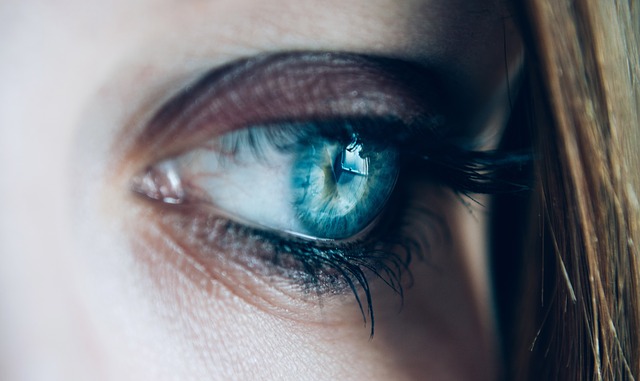Hypnotherapy is a therapeutic method that is being applied to a client under hypnosis. The hypnosis is induced by putting the nervous system in a sleeping state. The key condition for a person to be able to undergo hypnosis is for him/her to exhibit a kind of hyper-suggestibility.
History
Hypnosis has a long-standing history, its roots stemming from the tradition of mesmerism. Mesmerism represents a healing technique initiated and developed by Franz Mesmer. who believed that all living organisms possess an “animal magnetism” which can be stimulated through verbal suggestion for the purpose of healing the body. However, James Braid proposed in the middle of the 19th century a differentiation between hypnosis and mesmerism, considering mesmerism to be a simple illusion that tricks only the most suggestible of people.
Hypnosis has been practiced ever since Victorian times for pain relief and the curing of alcoholism and hysteria, the method used in these early hypnotherapy sessions being the inducing of a state of complete relaxation followed by the active transmitting of suggestions.
A powerful movement for the school of hypnotherapy happened in the 20th century when Milton Erickson developed a new method of therapy. Using therapeutic metaphors and narration during hypnosis sessions, he demonstrated that significant results can be obtained even with very few sessions. He used for his hypnosis some popular, tried and tested therapeutic methods, implementing techniques such as those from a family therapy, as well as techniques for exploring the unconscious, specific to psycho-dynamic orientations. (Haley, 1993).
The Ericksonian psychotherapy school has grown to adopt a wide array of techniques in the present day, but it still has not discarded the validity of hypnosis as a gateway to the unconscious.
The key principles of hypnotherapy are:
- The patient has a wish to be hypnotized
- The hypnotherapist brings the patient to a trance state by using his/her voice and making appropriate suggestions for the given situation and patient
- The messages are accompanied by pleasant sounds or smells with the purpose of relaxing the patient
- The therapist proposes ideas of improvement and helps the patient with integrating them due to the highly suggestible state that the patient is under.
Is it for me?
Hypnotherapy has nowadays found a broader spectrum of uses than ever. It is associated with positive effects in quitting smoking (Abbot, Stead, White & Barnes, 1998), post-traumatic and dissociative conditions (Phillips & Frederick, 1995), stress anxiety and panic attacks, as well in pain relief (Hilgardm, 1984), weight loss, migraines (Andersona, Baskerb & Daltonba, 1975), severe refractory irritable bowel syndrome (Whorwell, Prior & Faragher, 1984), depression and insomnia (Barrett, 1999).
There are, of course, other methods of therapy available to you. To learn more about your options, visit Estadt Psychological Services.
If you want to try hypnotherapy, it is necessary to actually have an active desire of making real progress and to completely trust your therapist for the suggestion process to give real results. However, before actually putting your issue in his/her hands and letting yourself fall under a hypnotic trance on his/her couch, it’s important to make sure that he/she has a good preparation in the field of hypnosis, as well as being acknowledged by the psychotherapy associations in your country.



